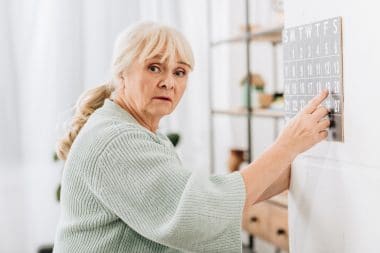There is lot of misconceptions about the Alzheimer’s risks of men versus women. It has been commonly assumed that men were more susceptible to the disease, but it turns out that Caucasian women, whose genetic composition determines they are at a higher risk, actually have a higher chance of developing the disease then Caucasian men when they are at their critical 10 year life span place in their lives. The study showed that even though white man and women who have genetic vulnerabilities, have the same odds of developing the disease from age 55 to 86, white women women are especially at a higher risk when they are in their mid-60’s until their mid 70’s. This discovery actually opened the doors to allow scientist access to new avenues that allow new clinic trials.
This report actually contradicts a study from 20 years ago that discovered that women who had the ApoE4 gene variant had a 50% more chance of developing the disease. The data also expanded the pool of people susceptible ninefold, making more women a part of the risk statistic, with menopause as the marking point. But the new data that comes from the most recent report steers the conversation in a new direction, which is a big deal because just about two thirds of 5 million Americans who have Alzheimer’s disease now are women. And because on average, women live longer than men, many people assume that the imbalance of the risk was because of that, but the study also shows heart disease and stroke is more commonplace for men, but those who are free from those diseases tend to have less of a risk of developing Alzheimer’s. This changes the age in which the risk factor is assessed, and also puts less emphasis on the genetic variants that was once the most riveting factor to assessing a person’s risk. All in all, moving forth, doctors have concluded that women should be the focus of Alzheimer risk assessment.
A warning to the ladies! You are more likely to develop Alzheimer’s than men. #HealthStatus
Follow HealthStatus
Tweet Now
Key Points:
- 1A large study shows that women between the ages of 65 and 75 are at increased risk of developing Alzheimer’s Disease, particularly if they have the gene variant ApoE.
- 2Although having this gene variant means that a woman has a greater than average chance of developing Alzheimer’s Disease, it does not mean that she will ever develop it.
- 3Studies on Alzheimer’s treatments need to focus more on women than previous studies have done.
See the original at: https://medicalxpress.com/news/2017-08-relative-alzheimer-men-women.html








Reply